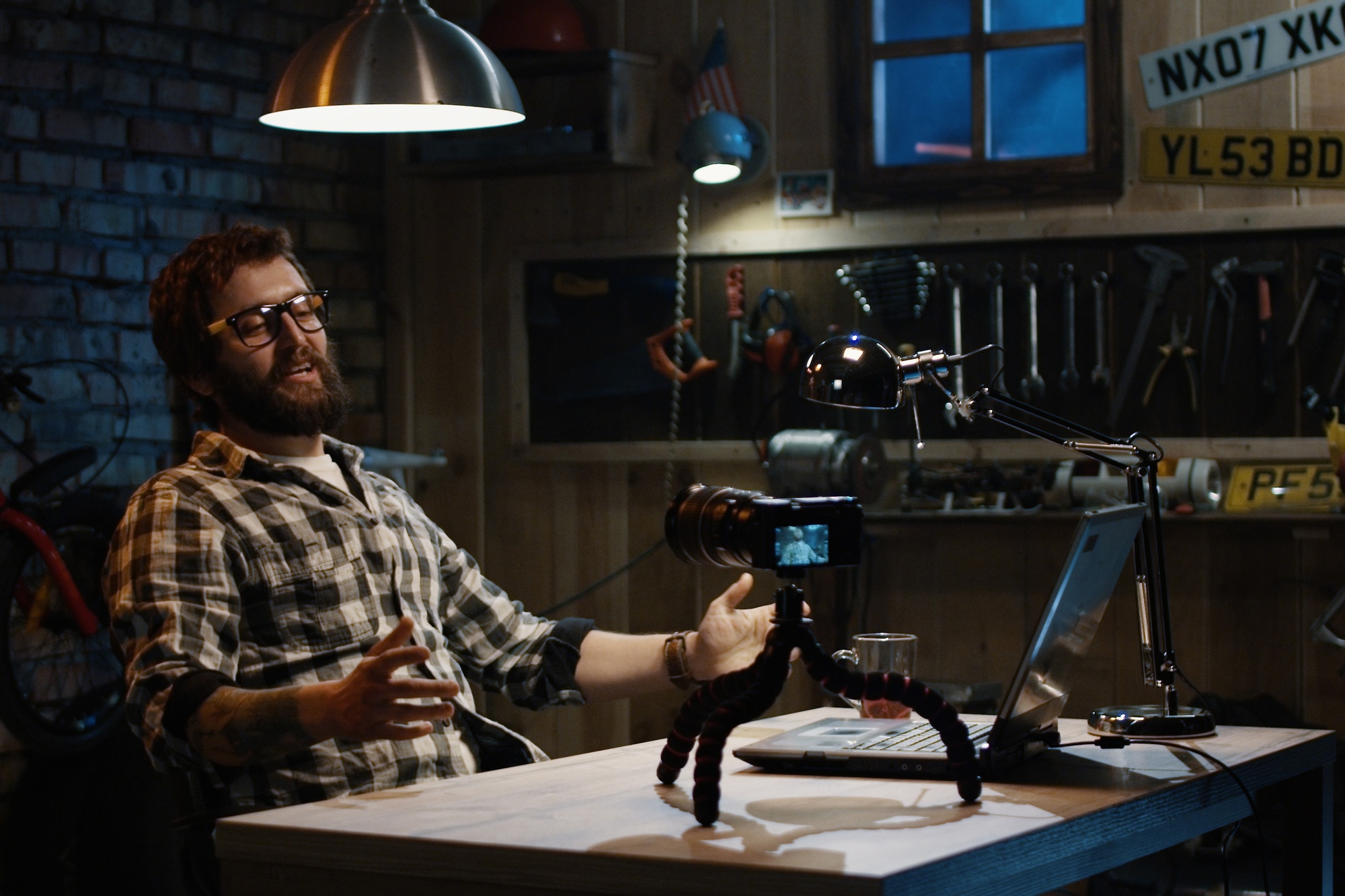How YouTube Is Replacing Service Manuals
Online videos often outperform the printed page for car repair.
 Shutterstock
Shutterstock
If you started working on your own vehicle a decade ago or more, you've probably come across a reference to service manuals. If you've just started your do-it-yourself (DIY) journey in the past decade, however, that term might be an unfamiliar one.
YouTube videos have gone a long way toward replacing traditional printed manuals or even online databases when it comes to helping people perform maintenance on their automobiles, and it's largely due to video's specific advantages over the written word.
Service Manuals Go Beyond Owner's Manuals With Tech Info
Many motorists are familiar with owner's manuals, the physical or digital book that explains the functions of their automobile and includes important maintenance information.
Service manuals go a step beyond owner's manuals, and are designed to provide a roadmap for performing everything from basic repairs to rebuilds. In addition to describing a car or truck's components in detail, they also include step-by-step procedures for removing and installing components, as well as a how-to guide for most common jobs.
Service manuals are as old as the automobile itself, and for decades were offered as thick, printed volumes both by the automakers themselves (often called shop manuals) or by third-party publishers such as Haynes and its subsidiary Chilton. In more recent years these manuals have largely moved to the digital world in the form of searchable databases.
YouTube Brought User-Created Solutions to the Masses
When YouTube launched in 2005, it democratized the ability of internet users to bring homegrown videos to the masses. A portion of the YouTube community focused on DIY, providing tutorials, tips, and guides for all manner of hobbyists, automotive and otherwise.
This slice of YouTube has continued to grow over the past 20 years, and car enthusiasts have embraced it to share their tricks, tips, and hard-earned experience. This has been a benefit in particular to first-timers seeking advice about their automotive questions, as well as mechanics looking for information about anything from obscure repairs to common issues.
Internet Videos Are Taking Over for Printed Manuals
Service manuals are stuffed with printed diagrams that illustrate the steps and details of a given repair or part. The next logical step to improving on that method of communication is by adding a video element. It's here that YouTube proved its value to those seeking to work on their own vehicles.
Rather than pay extra cash to purchase a manual, or pay a subscription fee to an online shop manual database, DIY mechanics started to turn more and more to the seemingly endless stream of free advice hosted by the website. Not only did these video tutorials offer an extra dimension of explanation that the printed page could not, but they also provided the opportunity to interact with an entire community of video creators and commenters who could ask and answer questions about a particular repair task.
In fact, so strong was the migration to YouTube that service-manual stalwarts such as Haynes have even started to create video versions of their publications that can be accessed via the site.
Written by humans.
Edited by humans.
 Benjamin Hunting
Benjamin HuntingNearly two decades into his career as an automotive journalist, Benjamin has had his hands greasy, his hair blown back, and his heart broken by more than one project car. In addition to his work at Capital One, he has contributed features and reviews to Motor Trend, Car and Driver, Hagerty, Driving Line, Inside Hook, Super Street, European Car, Roadkill Magazine, Motor 1, The Drive, the Toronto Star, the National Post, Business Insider, NAPA, Autoblog, Automotive News Canada, and AutoGuide. He is also cohost of the Unnamed Automotive Podcast and cocreator of the Code 45 and Dead Air graphic novels. In his spare time, he's a friend to vinyl and enjoys keeping the shiny side up during track days.
Related articles
View more related articles